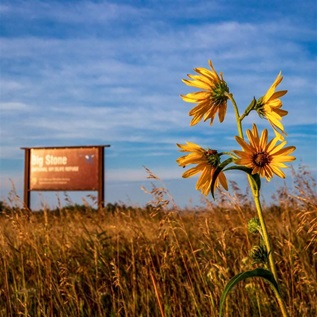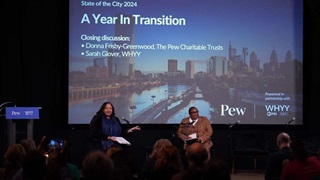49 Years Since the Wilderness Act Became Law
On Sept. 3, 1964, President Lyndon B. Johnson signed the Wilderness Act into law, designating more than 9 million acres of national forest land as wilderness and setting the stage for a half-century of advocacy by Americans wanting to see special places in their backyards safeguarded and protected for all time.
Nearly 50 years and 109 million acres later, efforts to protect wild areas on national forest and Bureau of Land Management lands, as well as within national parks and national wildlife refuges, continue. Pew is working to help pass 20 wilderness bills this session of Congress that together would protect nearly 2 million acres of wilderness in 12 states. More wilderness proposals are in the pipeline, too.
Next year, Americans will celebrate 50 years of the Wilderness Act at events in their communities, a national wilderness conference in Albuquerque, a photography exhibit at the National Museum of Natural History in Washington, in the halls of Congress, and elsewhere.
Over the next year, as we approach Sept. 3, 2014, we will be sharing stories from wilderness advocates across the country, building strong business support for wilderness designations, reissuing Our Wilderness: America's Common Ground, and more, while continuing to push Congress to pass wilderness bills.
It promises to be a wild year, and we hope you will join us in celebrating.
Spotlight on Mental Health
MORE FROM PEW
Explore Pew’s new and improved
Fiscal 50 interactive
Your state's stats are more accessible than ever with our new and improved Fiscal 50 interactive:
- Maps, trends, and customizable charts
- 50-state rankings
- Analysis of what it all means
- Shareable graphics and downloadable data
- Proven fiscal policy strategies
Welcome to the new Fiscal 50
Key changes include:
- State pages that help you keep track of trends in your home state and provide national and regional context.
- Interactive indicator pages with highly customizable and shareable data visualizations.
- A Budget Threads feature that offers Pew’s read on the latest state fiscal news.










